“Sometimes I wonder, are we born only to drown?”
Anju Jha, President, Mandwi, a non-governmental organisation from Nepal
This haunting quote is a lived reality for communities in the flood-prone plains of the Madhesh province in southern Nepal. Every monsoon, as the bright sky under the Terai’s scorching sun is darkened by the monsoon clouds, the people of Madhesh prepare not with relief, but with fear. The Lal Bakaiya River, flowing through Madhesh’s Rautahat and Bara districts, is prone to flooding, where floodwaters are an unwelcome annual visitor for communities.
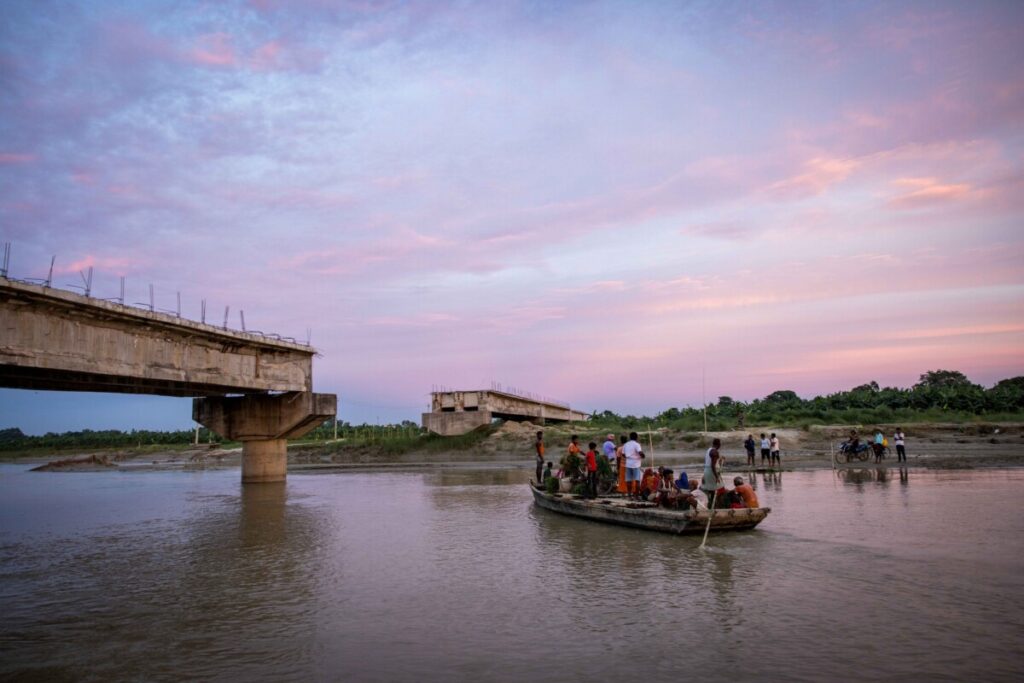 [1]
[1]Floods in the Lal Bakaiya River are a recurring crisis, triggered by a combination of extreme monsoon rainfall, fragile upstream terrain, and unplanned development. Nepal receives up to 80% of its annual rainfall during the monsoon, particularly in the Chure hills, where steep slopes and weak geology cause massive erosion and sediment flow. These sediments settle in the Terai plains, raising riverbeds and reducing the river’s capacity to carry water, which increases the risk of overbank flooding.
At the same time, anthropogenic activities such as settlements along riverbanks, encroachment, and poorly designed infrastructure like embankments have disrupted natural drainage systems. As a result, floodwaters now linger for longer periods, turning what were once short-lived floods into prolonged disasters.
A Province at the receiving end
The Lal Bakaiya watershed in Madhesh province faces a dual water crisis: it receives too much water during the monsoon (June–August) and not enough water during the dry period (March–May). “In the summer, we run out of water for drinking, irrigation, and daily use. But during monsoon, we have enough to drown in.” says Anju Jha. This paradox illustrates the intensity of climate extremes faced by the communities here.
Several districts in the Madhesh province lie just below the Chure hills, a fragile ecological belt that covers 13% of Nepal’s total area and is rapidly degrading. Torrential rain in the upper catchments, combined with soil erosion and siltation, results in flash floods downstream.
For downstream communities, like in Rautahat, even when rainfall is not excessively local, erratic upstream rainfall leads to flooding. Over the years, this has led to a significant rise in riverbed levels, further increasing the risk of inundation. Anthropogenic activities also contribute to turning this hazard into a disaster.
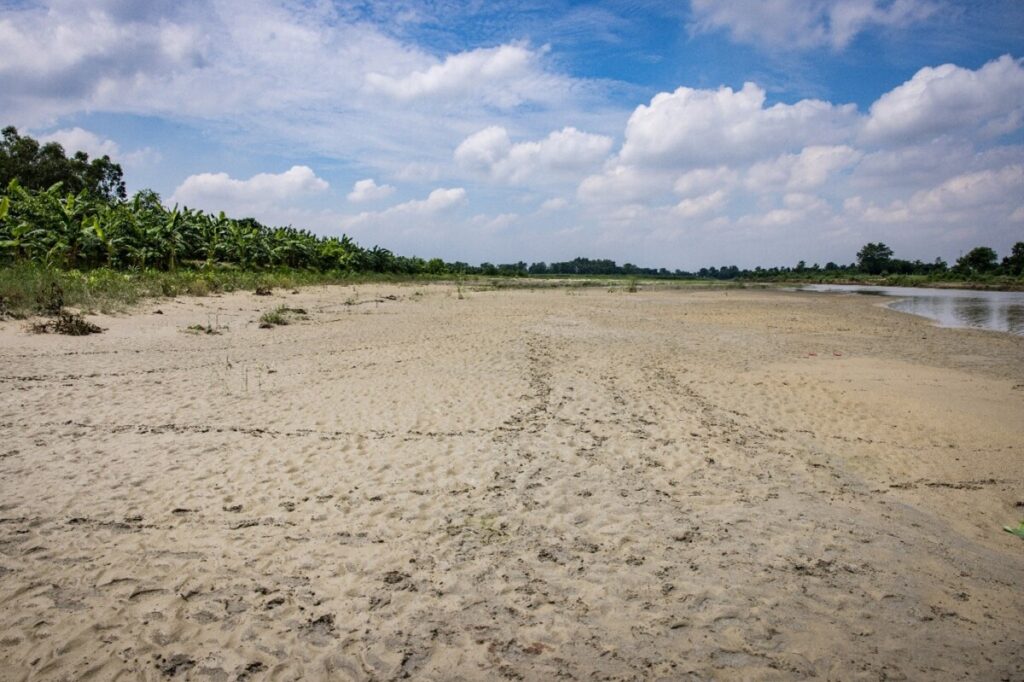 [2]
[2]“There have been many changes in the floods we receive throughout the years. There were no dams in the past. In the past, we used to get flooded, and that would last for one or two days. But now, we still get flooded, but there is no way for the water to escape. We are left inundated for weeks.” says Banthi Pashwan, a local community member.
 [3]
[3]This year, the Monsoon Outlook [4] published by the International Centre for Integrated Mountain Development (ICIMOD) has forecasted above-average rainfall across the country. While not specific to Lal Bakaiya, the implications are clear: degraded watersheds, changing land use, and weak infrastructure will amplify flood risks unless addressed urgently.
Early warnings and local leadership
To address this growing threat, ICIMOD is piloting community-based approaches, especially the Community-Based Early Flood Warnings System (CBFEWS) [5]. The CBFEWS is an early warning tool that detects floods and helps spread alerts quickly within the community so people can take timely action.
This pre-monsoon season, to enhance community response capabilities and build resilience, ICIMOD, under the “Building capabilities for green, climate-resilient and inclusive development” (HI-GRID) project, supported by the Government of Australia, partnered with Mandwi, a non-profit organisation located in Rautahat, Nepal, to conduct flood preparedness training in the flood-prone Lal Bakaiya watershed. The session aimed to strengthen the resilience of vulnerable communities through practical knowledge and early action.
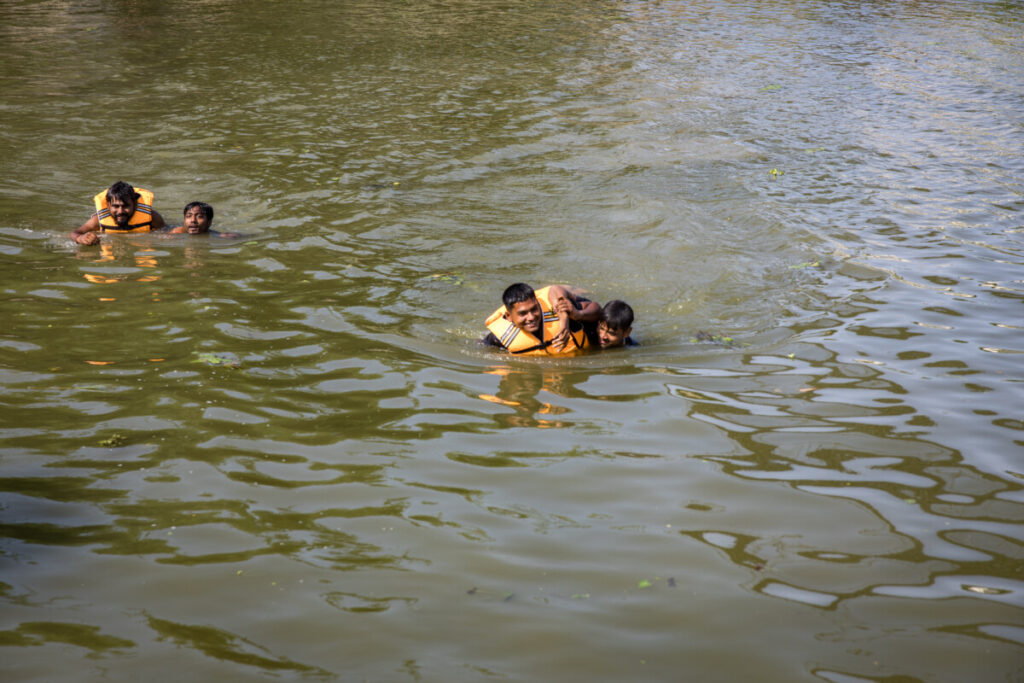 [6]
[6]Photo: Jitendra Bajracharya/ICIMOD
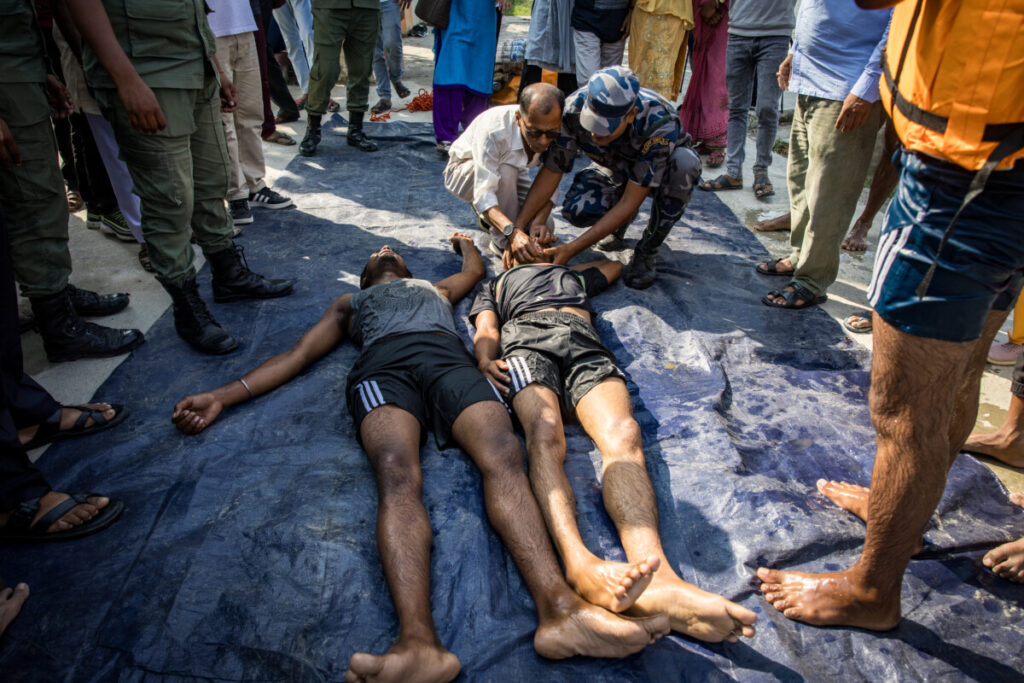 [7]
[7]What made this year special was our partnership with the Disaster Education Promotion Office (DEPO), Nepal, to gamify the training modules. By using gamification, the training encouraged active participation from everyone, young and old, men and women alike. Participants learned how to respond to rising floodwaters, coordinate emergency alerts, and evacuate safely. For many, it was their first time taking part in such an interactive simulation. This new approach turned essential knowledge into practical, life-saving action in an engaging and memorable way.
 [8]
[8]The gamification concept helped simplify disaster concepts, especially for low-literacy communities, making the training more effective and memorable. The sessions included real-life demonstrations, first aid, and rescue techniques, which strengthened local capacities to respond to flood emergencies ahead of the monsoon. While efforts were made to ensure inclusivity, female participation was low, especially in Rajdevi municipality. Appointing female trainers or organising women-only sessions could help in increasing participation.
 [9]
[9]What the government is doing
The Government of Nepal also continues to prioritise flood risk reduction as part of its national disaster preparedness strategy. According to Deepak Marahatta, President of DEPO, policies are made through committees such as the ward disaster management committees (WDMC) regarding early warning and disaster preparedness. However, on-ground challenges remain, particularly the need for long-term watershed protection and upstream land-use management, especially in the Chure region.
 [10]
[10]Photo: Jitendra Bajracharya/ICIMOD
What still needs to be done
The flood risk in Madhesh cannot be solved through early warnings alone. While important early warnings deal with the symptoms, not the causes. What is needed is an integrated watershed management plan with an integrated flood risk management approach that considers the upstream-downstream linkages, integrates land, water, and ecosystem management, and balances conservation with development.
ICIMOD is working with local governments in the Lal Bakaiya watershed to develop such a plan to tackle the region’s ‘Too Much Too Little (TMTL)’ water challenge – a condition of alternating floods and water scarcity for the region. The approach will combine scientific assessment, community knowledge, and cross-sectoral collaboration to identify root causes of watershed degradation and implement sustainable solutions. The watershed management plan will help decision-makers at the ward, municipal, and river basin levels to understand the watershed’s current status, identify key challenges, risks, and opportunities, and leverage investments for the watershed management plan in the short- and long-term. In the long run, these measures would reduce upstream degradation by providing a mix of locally relevant solutions, with institutional backing.
A call for collective action
Communities in Madhesh are not passive victims. They are learning, adapting, and leading. Non-governmental organisations like Mandwi are advocating for water equity, climate justice, and locally rooted solutions. ICIMOD supports this work through science-based interventions, nature-based solutions, and regional cooperation.
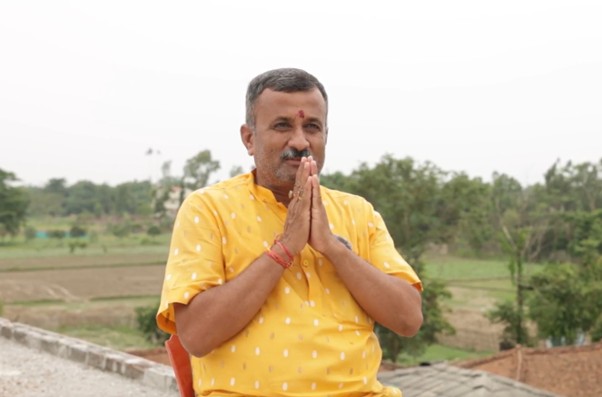 [11]
[11]Photo: Jitendra Bajracharya/ICIMOD
But to break the flood cycle and ensure future generations are not ‘born to drown,’ we need a collective, cross-sectoral response. “Early warning systems are effective, but to truly reduce the impact of flood risk in downstream communities, we must enhance flood management efforts in the upstream Chure hills, the source of these rivers”, says Sanjay, Red Cross, Gaur, Nepal. Additionally, it is equally important to scale up the early warning system and mainstream it into national disaster strategies.